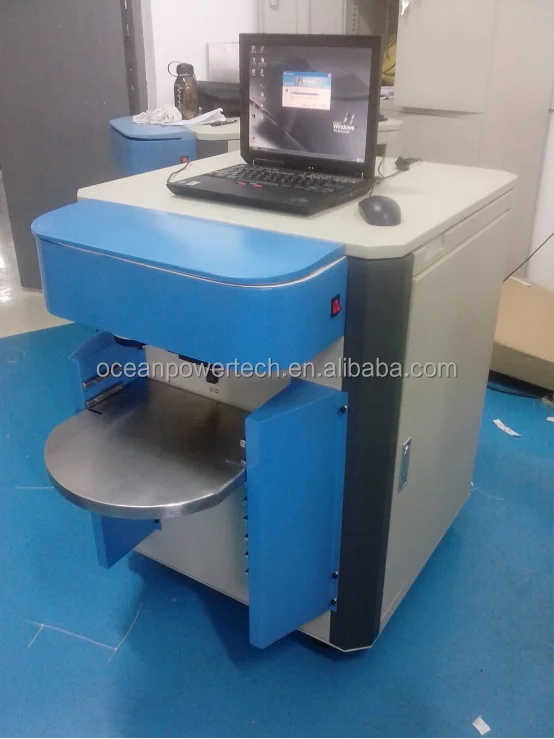
This machine learning approach complements the current atmospheric correction ocean color retrievals by filling in the gaps resulting from cloud, aerosol, and sunglint contamination. We apply the approach to two hyperspectral UV/VIS instruments, the ozone monitoring instrument (OMI) and the TROPOspheric Monitoring Instrument (TROPOMI), using measurements from 320–500 nm to show that it can be used to reproduce ocean color properties in less-than-ideal conditions. This machine learning approach is independent of a priori information and does not rely on any radiative transfer modeling. The coefficients of the principal components are then used to train a neural network to predict ocean color properties derived from the MODIS atmospheric correction algorithm. In this approach, a principal component analysis is used to decompose the hyperspectral measurements into spectral features that describe the scattering and absorption of the atmosphere and the underlying surface. To address these limitations, we introduce a new approach that uses machine learning to estimate ocean color from top of atmosphere radiances or reflectance measurements. The limitations in the atmospheric correction under certain conditions lead to many gaps in daily spatial coverage of ocean color retrievals. Many ocean color algorithms use a few selected spectral bands to perform an atmospheric correction and then derive the upwelling radiance from the ocean. Retrievals of ocean color from space are important for better understanding of the ocean ecosystem but can be limited under conditions such as clouds, aerosols, and sunglint.


1Science Systems and Applications Inc., Lanham, MD, United States.Zachary Fasnacht 1,2*, Joanna Joiner 2, David Haffner 1,2, Wenhan Qin 1,2, Alexander Vasilkov 1,2, Patricia Castellanos 2 and Nickolay Krotkov 2


 0 kommentar(er)
0 kommentar(er)
